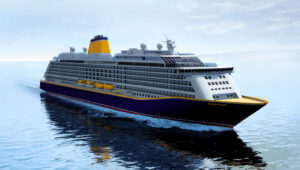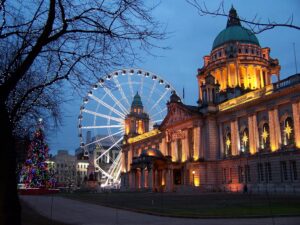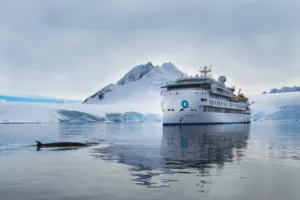Ireland
What images does Ireland conjure up? The famous harp or pubs and beer castles? Well, when you travel to Ireland, you’ll realize that there’s certainly more to it than what meets the eye.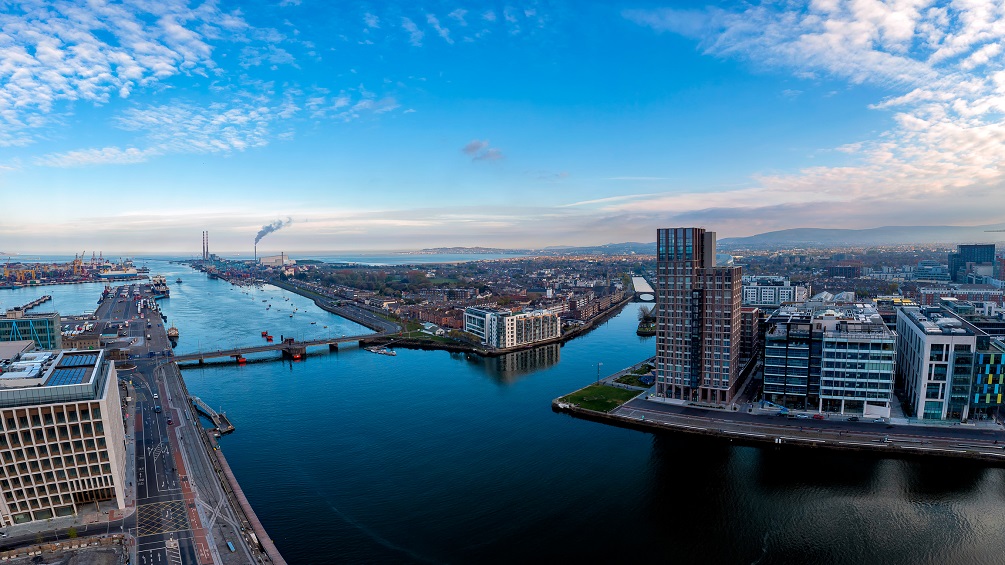
Ireland is an island situated in North-Western Europe, which was politically divided in the early 1920s. It is considered to be the second-largest island on the continent after Great Britain. The Republic of Ireland covers about 80 percent of the total landmass and a large part of the island named “Northern Ireland” consists of 32 counties.
The main strengths of this land are music and literature. It’s a land that welcomes people from all parts of the world. Almost everything you have heard about Ireland is true about its scenic beauty. The locals here are quite friendly and you can easily strike up a conversation with any one of them. Greeting each other with warm and friendly smiles is a normal custom followed by most people residing here.
Galway, also known as the harbor city is a vast center for traditional Irish music, history, and culture. Galway is an ideal destination for someone who wants to know the true essence of Ireland.
Aran island of Inisheer, Inishmaan, and Inishmore located on the west coast of Ireland offers you a glimpse into the country’s past. Inishmore does not allow more than 100 vehicles on the roads and that’s also why you will spot several horse-drawn buggies here.
Glendalough is situated near two different lakes in glen. Most visitors would find the famous Round Tower more striking as its also one of the largest structures which are left unfinished.
Dublin is both a modern-day bustling city and a historical town at the same time. This city is especially known for its literature. It is also home to various literature giants like James Joyce, Oscar Wilde, and George Bernard Shaw.
Giant’s causeway has a natural rock formation that literally looks like giants invaded it. The honeycomb formation that you can spot here is more than 37,000 hexagon-shaped columns made of basalt and appears quite geometrically perfect.
The Killarney national park has three lakes that are surrounded by forests. The forest houses a lot of wild animals and has a scenic view.
Cliffs of Moher rise about 210 meters for the shoreline and attract as many as one million visitors every single year. This makes it the most popular destination in Ireland.
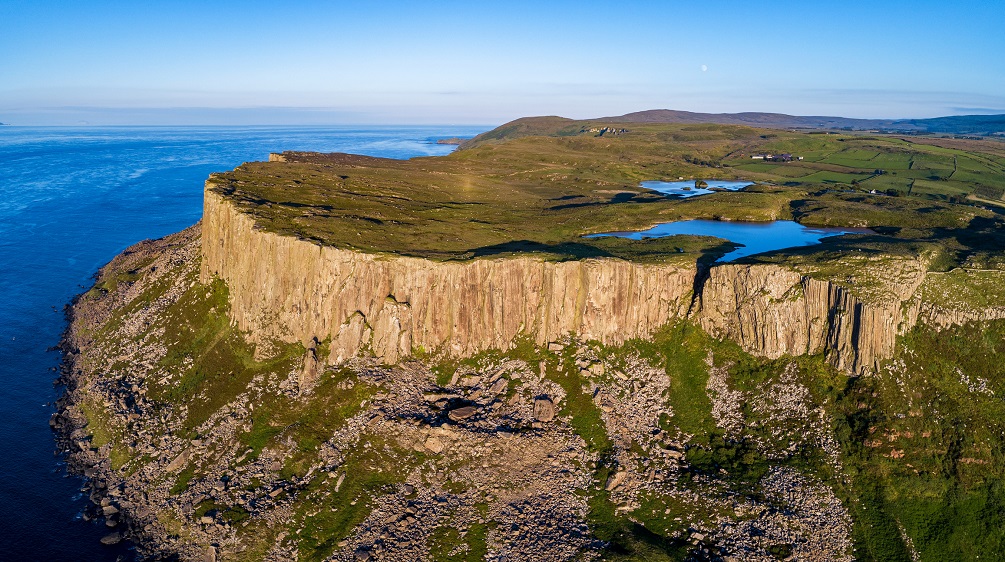


Known for its lush-green fields, Ireland is often referred to as the Emerald Isle by many. That said, it is also surrounded by large rocky and rugged landscapes. It is said that Ireland was completely covered by glaciers until 15000 years ago. The movement of the glaciers has striped the soil, which has resulted in huge flat limestone lying around the island.
The west coast as well as the midlands of Ireland is dotted with soggy remains of dried lakes left behind by the glaciers in the area. The highlands of Ireland rise primarily in the southwest and often end at sheer cliffs, which plunge about a thousand feet right into the Atlantic Ocean.



Ireland’s weather is neither predictable nor boring. The overall climate of the country can be summed up as moist, mild, and changeable along with lots of rainfall and absence of temperature extremes. If you get lucky, you can experience all four seasons in a day.
Extreme winters aren’t a common phenomenon and you are likely to experience a bit of a warm glow instead of a frosty reception. The average temperatures in winter range between 40-degree F and 46-degree F.
Summers are generally between 60-degree F and 70-degree F. Rainfall is in abundance so it makes the lush greens look even more beautiful during the rains. It rains almost every two days on the slopes of the western parts of the region and exceeds 2,000 millimeters per year. The west coast experiences 1,150-millimetre rain every year whereas it rains as much as 1200 millimeters on the southern coast. The area where it rains the least is Dublin; here the recorded rainfall is about 760mm per year.
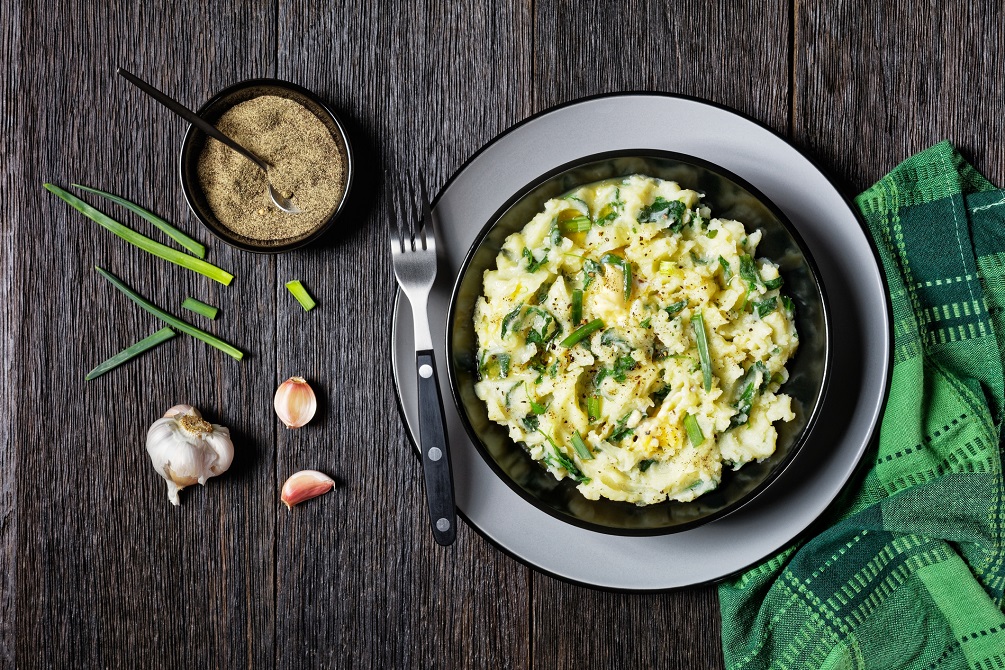


When you travel to Ireland, you’ll discover that Irish cuisine is an atypical style of cooking that originated from the island of Ireland and was later developed by the people residing here. The quintessential Irish cuisine is mainly founded upon animals and crops that are farmed in its mild climate. There’s an abundance of seafood as well as fresh fish from the nearby waters of the Atlantic Ocean.
Beef and Guinness Pie
This dish is baked until it’s golden brown and is generally eaten during the cold autumn days. The filling of this pie is made of mustard powder, oil, carrots, onion, celery, beef cubes, some bay leaves, thyme, and even parsley.
Breakfast roll
This roll is basically a nutritious sandwich made out of bread filled with ingredients such as mushrooms, bacon, pudding, sausages, and even brown sauce. You can easily pack it and consume it while on the go.
Boxty
Boxty is a delicious pancake made out of potatoes and is generally eaten in the northern midland region. The potatoes are grated and then combined with eggs, flour, and some buttermilk and then the batter is cooked just like a regular pancake and served.
Bacon and cabbage
It’s cheap, easy, and quick to prepare. The bacon in this dish refers to a large chunk of pork joint from the shoulder. It is served along with some cabbage, onions, potatoes, turnips, and even carrots.
Colcannon
Colcannon is a traditional Irish dish prepared by mashing baked potatoes with cabbage or kale leaves. The creamy consistency of the sauce in this dish is achieved by adding some cream, milk, butter, or cream.



Traditionally, the men and women in Ireland have always worn simple shirts of knee-length line. Irish clothes have a great significance attached to them. The famous Aran jumpers though not a part of the Irish culture were invented in the early 20th century. Wondering what to wear in Ireland? The most important yet simple tip is to always look presentable and avoid wearing anything too revealing such as short pants or crop tops.
One needs to look appropriate in order to be considered one amongst the locals. The day-to-day fashion of Ireland is polished yet slightly casual. When you want to shop for your stay, think of jeans and simple blouses to go with it. The weather is unpredictable and it rains pretty often so you will need to carry an umbrella at all times. Needless to say, the locals here always stack up on lots of gumboots, jackets, and waterproof bags.



There are two currencies, which are mainly used in Ireland. The Northern Ireland uses the sterling pound whereas the republic of Ireland uses the Euro. Alongside the border regions, you can use the currencies interchangeably but we advise not to overdo it. The local shops accept foreign currencies, but they have their own exchange rates.
As of today, 1 Irish pound equals 1.2697381 Euros.
Here are some money tips while in Ireland:
- Avoid exchanging currencies at the airports as they can charge an exorbitant amount of fees.
- Only carry as much as you need so you can safeguard your money
- Whenever you are talking to the vendor, always ask for a mix of denominations. Keep smaller notes so that you don’t end up overspending.
- Keep an eye on the exchange rates as much as possible.
- Similarly, keep an eye for hidden bank or credit card fees
- It’s best for a traveler to mix up the way they use their money. Avoid relying only on cash or only on cards; it’s advisable to mix up both options depending upon your situation.



The Irish language also known as Irish Gaeilge or Erse is taught in public schools and is a must for all applicants of certain civil posts. This Celtic language is spoken primarily in Ireland, however, there are Irish speakers in the USA, UK, Australia, and Canada.
Some of the most common words spoken here are:
- Conas atá tú? How are you?
- Cad es ainm duit? What’s your name?
- Cén scéal? What’s the news?
- Tá áthas orm bualadh leat – Pleased to meet you
- Fáilte – Welcome
- Slán – Goodbye
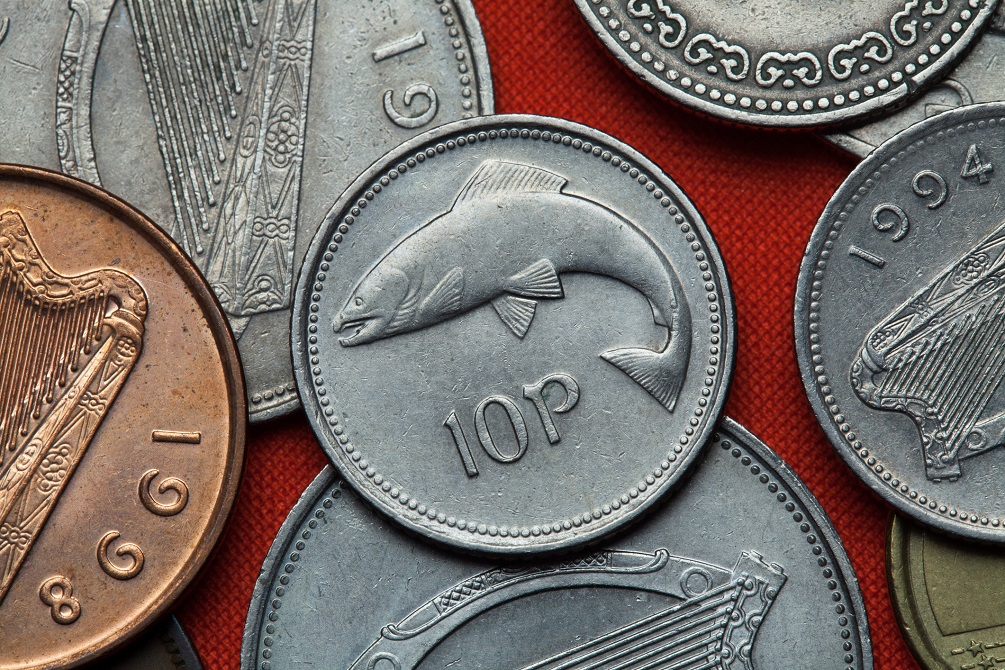


Ireland is considered to be the land of storytellers. This tradition stems from Celtic bards, who were known to recite and record the country’s history through storytelling. Many famous writers hail from Ireland, and that includes four Nobel Prize winners for their contribution towards literature. The Irish are also known to excel in sports as well as music.
The Irish have a soft spot for rural life and nature. In fact, the country’s first coins had pictures of animals on them. What works in the country’s favor is its low pollution levels and low levels of development. All of this leaves the majority of the nation’s spaces undisturbed, increasing its natural beauty.
Do you know that Ireland does not have wild snakes at all? The sea of Ireland stops several animals from reaching the island. Reportedly, there are only 2 wild mouse species found in the country, namely a specific type of lizard, and three kinds of amphibians.



If you travel to Ireland from the UK, you do not require a passport if you are a British passport holder. However, the immigration officers as a rule will check the ID of all passengers arriving at the airport. They may ask you for proof of nationality, especially if you are someone who was born outside the UK. It is advisable that you carry your passport with you at all times.
While using a passport to enter the country of Ireland, your passport should be up to date. If you are an Irish or a British citizen, you are not required to carry travel documents while crossing the border. UK emergency travel documents are accepted while entering or exiting from Ireland.
Want to have a working holiday in the country of Ireland? You can simply contact your local embassy or have a conversation with the consulate about a working Holiday Association visa (WHA) visa.
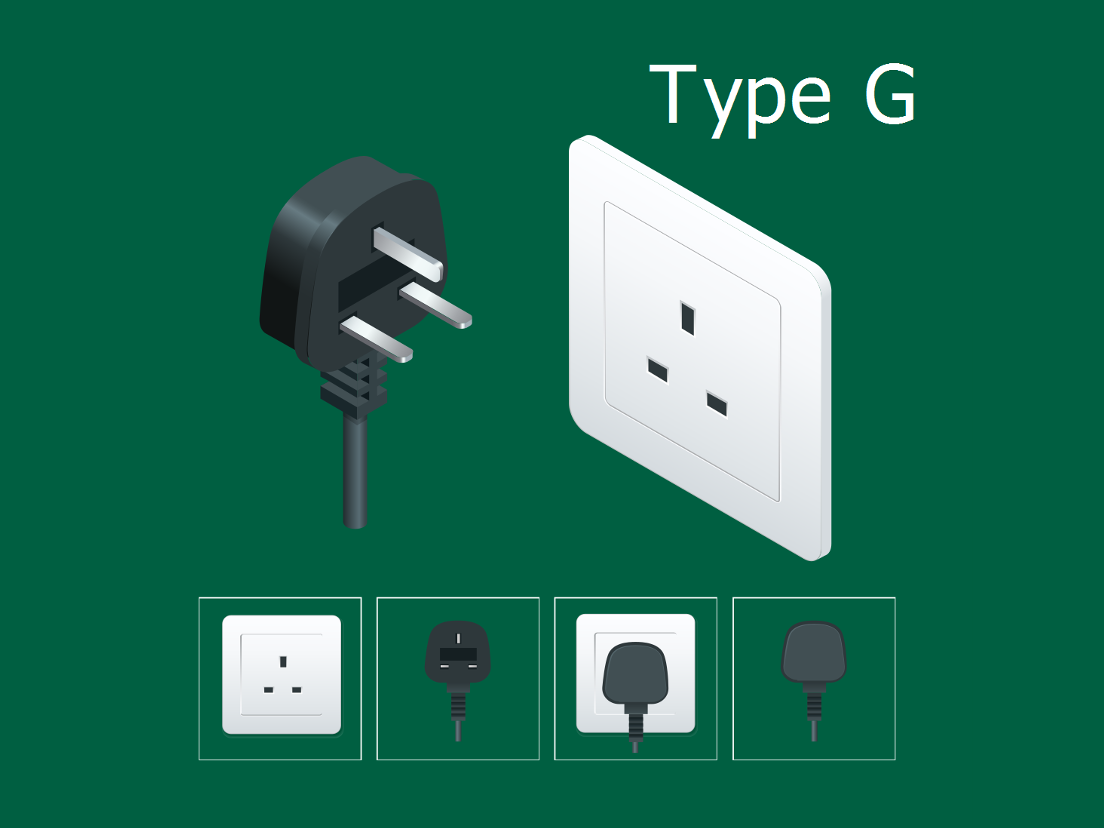


In Ireland, the sockets and power plugs run on type G, which is of British origin. The standard voltage in the country is 230V while the frequency is 50 HZ. Be sure to check what’s written on the electrical appliance. Certain appliances do not need a converter so you won’t have to go through much hassle. If the body of the appliance says” INPUT: 100-240, 50/60 Hz” then the appliance can be used in almost all countries of the world. This also applies to photo cameras, chargers of laptop or tablets, cell phones or even electric toothbrushes.
Can a European plug work in Ireland?
It’s likely that a plug adapter that works in one country of Europe won’t necessarily work in Ireland, as there are as many as 8 different types of outlets used in the whole of Europe.
Where can you buy a power adapter?
You can easily find power adapters along the local shops and even drug stores. However, if you are looking for a high-quality appliance, you should buy it from a shop at the airport or a mall. Sometimes, hotel receptions also have a power adapter that’s kept for sale, but its availability is unpredictable. It’s wiser to always carry your own adapter.



Ireland is an island situated in North-Western Europe, which was politically divided in the early 1920s. It is considered to be the second-largest island on the continent after Great Britain. The Republic of Ireland covers about 80 percent of the total landmass and a large part of the island named “Northern Ireland” consists of 32 counties.
The main strengths of this land are music and literature. It’s a land that welcomes people from all parts of the world. Almost everything you have heard about Ireland is true about its scenic beauty. The locals here are quite friendly and you can easily strike up a conversation with any one of them. Greeting each other with warm and friendly smiles is a normal custom followed by most people residing here.
Galway, also known as the harbor city is a vast center for traditional Irish music, history, and culture. Galway is an ideal destination for someone who wants to know the true essence of Ireland.
Aran island of Inisheer, Inishmaan, and Inishmore located on the west coast of Ireland offers you a glimpse into the country’s past. Inishmore does not allow more than 100 vehicles on the roads and that’s also why you will spot several horse-drawn buggies here.
Glendalough is situated near two different lakes in glen. Most visitors would find the famous Round Tower more striking as its also one of the largest structures which are left unfinished.
Dublin is both a modern-day bustling city and a historical town at the same time. This city is especially known for its literature. It is also home to various literature giants like James Joyce, Oscar Wilde, and George Bernard Shaw.
Giant’s causeway has a natural rock formation that literally looks like giants invaded it. The honeycomb formation that you can spot here is more than 37,000 hexagon-shaped columns made of basalt and appears quite geometrically perfect.
The Killarney national park has three lakes that are surrounded by forests. The forest houses a lot of wild animals and has a scenic view.
Cliffs of Moher rise about 210 meters for the shoreline and attract as many as one million visitors every single year. This makes it the most popular destination in Ireland.



Known for its lush-green fields, Ireland is often referred to as the Emerald Isle by many. That said, it is also surrounded by large rocky and rugged landscapes. It is said that Ireland was completely covered by glaciers until 15000 years ago. The movement of the glaciers has striped the soil, which has resulted in huge flat limestone lying around the island.
The west coast as well as the midlands of Ireland is dotted with soggy remains of dried lakes left behind by the glaciers in the area. The highlands of Ireland rise primarily in the southwest and often end at sheer cliffs, which plunge about a thousand feet right into the Atlantic Ocean.



Ireland’s weather is neither predictable nor boring. The overall climate of the country can be summed up as moist, mild, and changeable along with lots of rainfall and absence of temperature extremes. If you get lucky, you can experience all four seasons in a day.
Extreme winters aren’t a common phenomenon and you are likely to experience a bit of a warm glow instead of a frosty reception. The average temperatures in winter range between 40-degree F and 46-degree F.
Summers are generally between 60-degree F and 70-degree F. Rainfall is in abundance so it makes the lush greens look even more beautiful during the rains. It rains almost every two days on the slopes of the western parts of the region and exceeds 2,000 millimeters per year. The west coast experiences 1,150-millimetre rain every year whereas it rains as much as 1200 millimeters on the southern coast. The area where it rains the least is Dublin; here the recorded rainfall is about 760mm per year.



When you travel to Ireland, you’ll discover that Irish cuisine is an atypical style of cooking that originated from the island of Ireland and was later developed by the people residing here. The quintessential Irish cuisine is mainly founded upon animals and crops that are farmed in its mild climate. There’s an abundance of seafood as well as fresh fish from the nearby waters of the Atlantic Ocean.
Beef and Guinness Pie
This dish is baked until it’s golden brown and is generally eaten during the cold autumn days. The filling of this pie is made of mustard powder, oil, carrots, onion, celery, beef cubes, some bay leaves, thyme, and even parsley.
Breakfast roll
This roll is basically a nutritious sandwich made out of bread filled with ingredients such as mushrooms, bacon, pudding, sausages, and even brown sauce. You can easily pack it and consume it while on the go.
Boxty
Boxty is a delicious pancake made out of potatoes and is generally eaten in the northern midland region. The potatoes are grated and then combined with eggs, flour, and some buttermilk and then the batter is cooked just like a regular pancake and served.
Bacon and cabbage
It’s cheap, easy, and quick to prepare. The bacon in this dish refers to a large chunk of pork joint from the shoulder. It is served along with some cabbage, onions, potatoes, turnips, and even carrots.
Colcannon
Colcannon is a traditional Irish dish prepared by mashing baked potatoes with cabbage or kale leaves. The creamy consistency of the sauce in this dish is achieved by adding some cream, milk, butter, or cream.



Traditionally, the men and women in Ireland have always worn simple shirts of knee-length line. Irish clothes have a great significance attached to them. The famous Aran jumpers though not a part of the Irish culture were invented in the early 20th century. Wondering what to wear in Ireland? The most important yet simple tip is to always look presentable and avoid wearing anything too revealing such as short pants or crop tops.
One needs to look appropriate in order to be considered one amongst the locals. The day-to-day fashion of Ireland is polished yet slightly casual. When you want to shop for your stay, think of jeans and simple blouses to go with it. The weather is unpredictable and it rains pretty often so you will need to carry an umbrella at all times. Needless to say, the locals here always stack up on lots of gumboots, jackets, and waterproof bags.



There are two currencies, which are mainly used in Ireland. The Northern Ireland uses the sterling pound whereas the republic of Ireland uses the Euro. Alongside the border regions, you can use the currencies interchangeably but we advise not to overdo it. The local shops accept foreign currencies, but they have their own exchange rates.
As of today, 1 Irish pound equals 1.2697381 Euros.
Here are some money tips while in Ireland:
- Avoid exchanging currencies at the airports as they can charge an exorbitant amount of fees.
- Only carry as much as you need so you can safeguard your money
- Whenever you are talking to the vendor, always ask for a mix of denominations. Keep smaller notes so that you don’t end up overspending.
- Keep an eye on the exchange rates as much as possible.
- Similarly, keep an eye for hidden bank or credit card fees
- It’s best for a traveler to mix up the way they use their money. Avoid relying only on cash or only on cards; it’s advisable to mix up both options depending upon your situation.



The Irish language also known as Irish Gaeilge or Erse is taught in public schools and is a must for all applicants of certain civil posts. This Celtic language is spoken primarily in Ireland, however, there are Irish speakers in the USA, UK, Australia, and Canada.
Some of the most common words spoken here are:
- Conas atá tú? How are you?
- Cad es ainm duit? What’s your name?
- Cén scéal? What’s the news?
- Tá áthas orm bualadh leat – Pleased to meet you
- Fáilte – Welcome
- Slán – Goodbye



Ireland is considered to be the land of storytellers. This tradition stems from Celtic bards, who were known to recite and record the country’s history through storytelling. Many famous writers hail from Ireland, and that includes four Nobel Prize winners for their contribution towards literature. The Irish are also known to excel in sports as well as music.
The Irish have a soft spot for rural life and nature. In fact, the country’s first coins had pictures of animals on them. What works in the country’s favor is its low pollution levels and low levels of development. All of this leaves the majority of the nation’s spaces undisturbed, increasing its natural beauty.
Do you know that Ireland does not have wild snakes at all? The sea of Ireland stops several animals from reaching the island. Reportedly, there are only 2 wild mouse species found in the country, namely a specific type of lizard, and three kinds of amphibians.



If you travel to Ireland from the UK, you do not require a passport if you are a British passport holder. However, the immigration officers as a rule will check the ID of all passengers arriving at the airport. They may ask you for proof of nationality, especially if you are someone who was born outside the UK. It is advisable that you carry your passport with you at all times.
While using a passport to enter the country of Ireland, your passport should be up to date. If you are an Irish or a British citizen, you are not required to carry travel documents while crossing the border. UK emergency travel documents are accepted while entering or exiting from Ireland.
Want to have a working holiday in the country of Ireland? You can simply contact your local embassy or have a conversation with the consulate about a working Holiday Association visa (WHA) visa.



In Ireland, the sockets and power plugs run on type G, which is of British origin. The standard voltage in the country is 230V while the frequency is 50 HZ. Be sure to check what’s written on the electrical appliance. Certain appliances do not need a converter so you won’t have to go through much hassle. If the body of the appliance says” INPUT: 100-240, 50/60 Hz” then the appliance can be used in almost all countries of the world. This also applies to photo cameras, chargers of laptop or tablets, cell phones or even electric toothbrushes.
Can a European plug work in Ireland?
It’s likely that a plug adapter that works in one country of Europe won’t necessarily work in Ireland, as there are as many as 8 different types of outlets used in the whole of Europe.
Where can you buy a power adapter?
You can easily find power adapters along the local shops and even drug stores. However, if you are looking for a high-quality appliance, you should buy it from a shop at the airport or a mall. Sometimes, hotel receptions also have a power adapter that’s kept for sale, but its availability is unpredictable. It’s wiser to always carry your own adapter.
Travel related news, information and inspirational articles and videos for travellers booking flights or holidays to Ireland. Ask questions about travel in Ireland and get answers from Ireland experts
NEWS
Inspiration, Information and Travel Guides
MEET THE Ireland EXPERTS
If you are looking to book a holiday to Ireland or needs some help and advice planning travel to Ireland then contact one of the UK based independent travel agents that specialise in Ireland itineraries.
FEATURED VIDEOS
Your Travel Questions Answered
Ask any travel related question and get an answer from one of our experts that will provide you with an answer from their personal experience
There is no question for this category.






